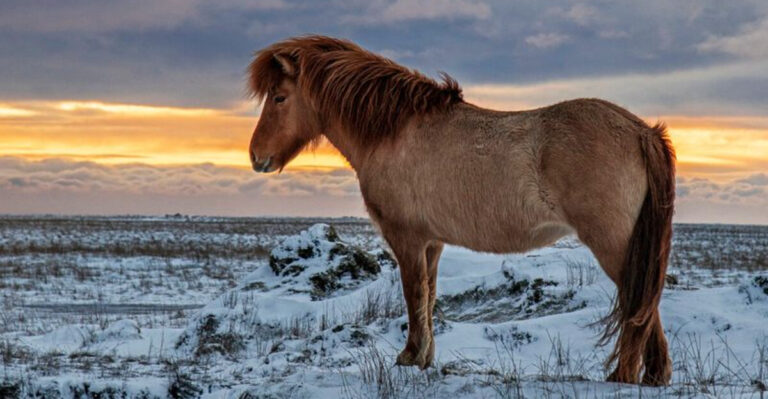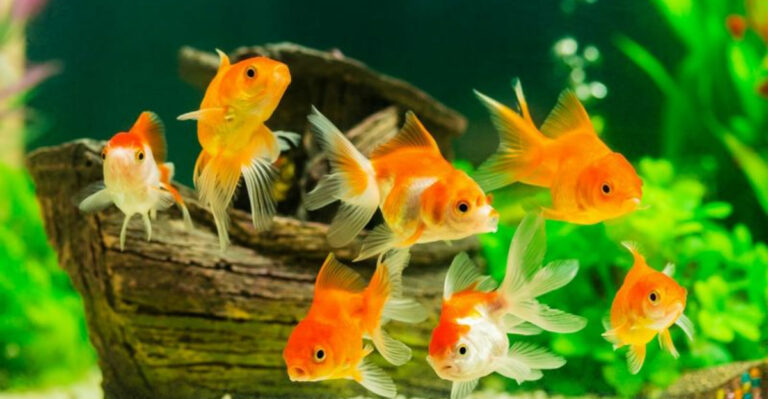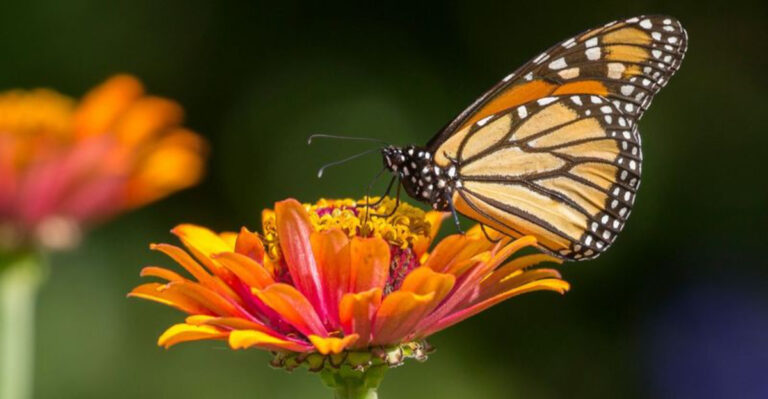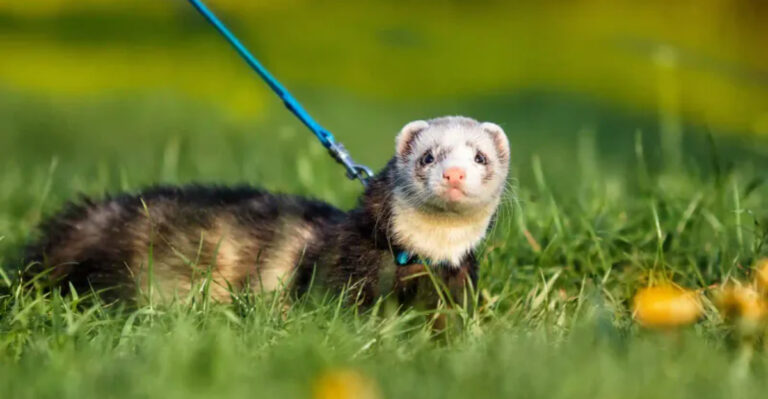The Mighty World Of Bumblebees: Tiny Nests, Big Impact
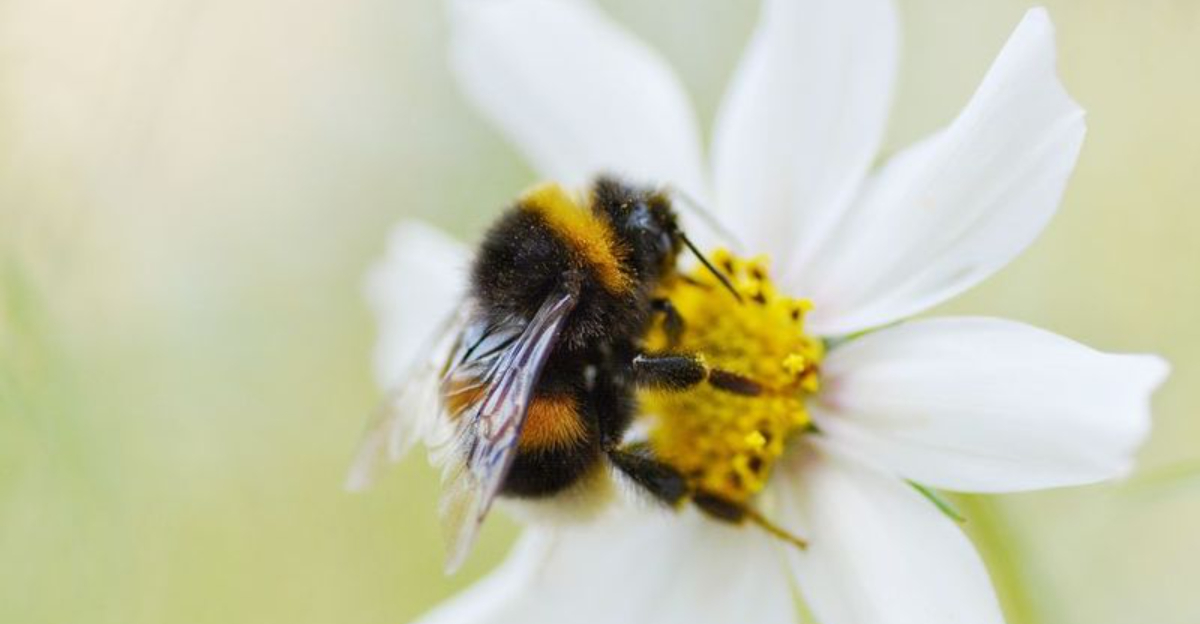
Step into the mighty world of bumblebees, where tiny, hidden nests fuel a buzzing empire. These fuzzy little daredevils aren’t just cute – they’re nature’s VIP pollinators, zipping from flower to flower and keeping entire ecosystems thriving.
But here’s the twist: their populations are plummeting, and the impact could be disastrous. Ready to uncover the secrets of these pint-sized heroes?
1. Why Bumblebees Matter More Than You Think
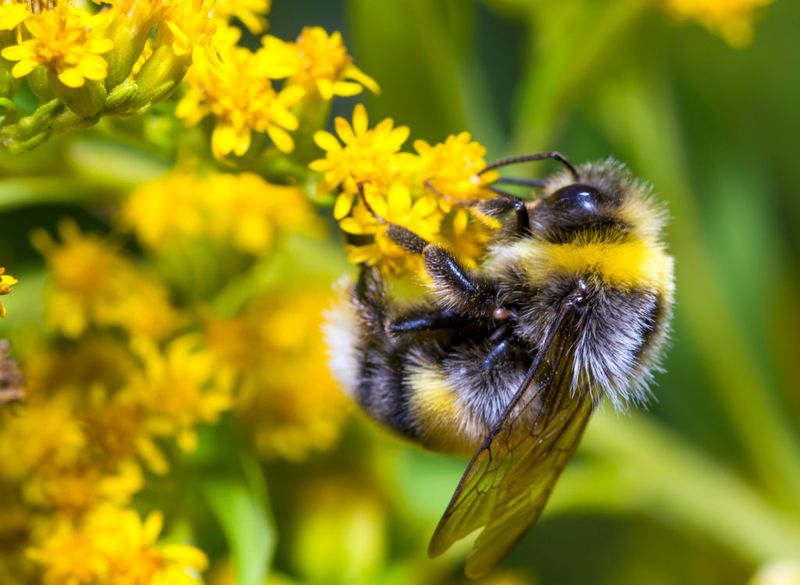
Without these fuzzy fliers, your favorite fruits might disappear! Bumblebees pollinate tomatoes, blueberries, and cranberries through a special technique called buzz pollination.
They vibrate their bodies at just the right frequency to shake pollen loose from flowers that other insects can’t access. One bumblebee colony can pollinate thousands of flowers daily.
2. How Tiny Nests House Busy Pollinators
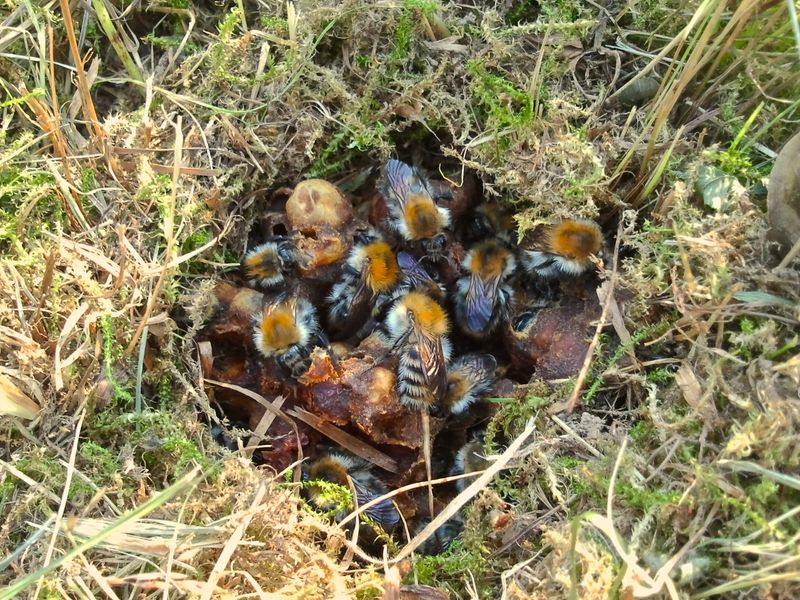
Unlike honeybees’ elaborate hives, bumblebees create modest homes in abandoned mouse holes, grass tufts, or under garden sheds. Their nests typically house just 50-400 bees compared to honeybees’ thousands.
Inside these cozy quarters, you’d find small wax pots filled with nectar and pollen. Queens line their nests with soft materials like moss and grass for insulation.
3. The Secret Life Inside Bumblebee Colonies
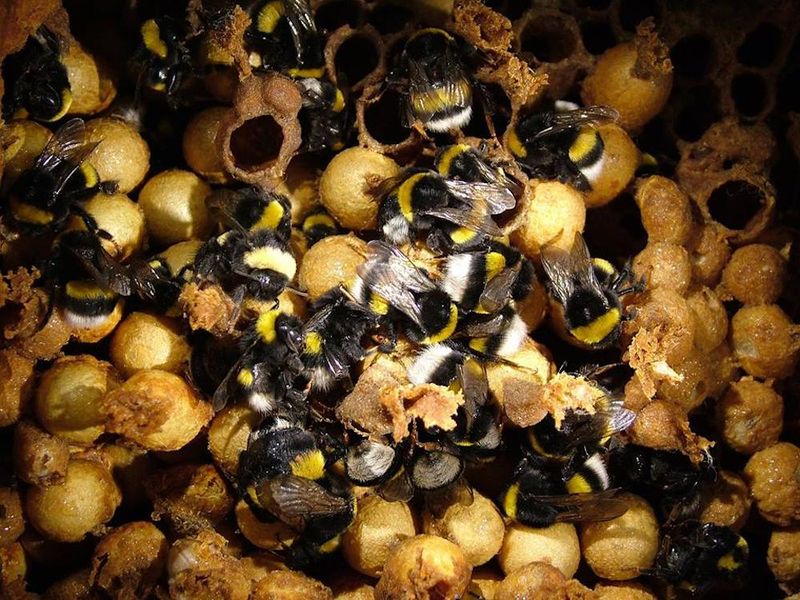
A buzzing democracy exists inside each nest! Worker bees make collective decisions about foraging locations and nest defense through complex communication systems.
Young bees start as nest cleaners before graduating to nursery duties, caring for larvae. The oldest, most experienced bees become foragers, braving the outside world to collect resources for their sisters.
4. Bumblebee Species You Need To Know About
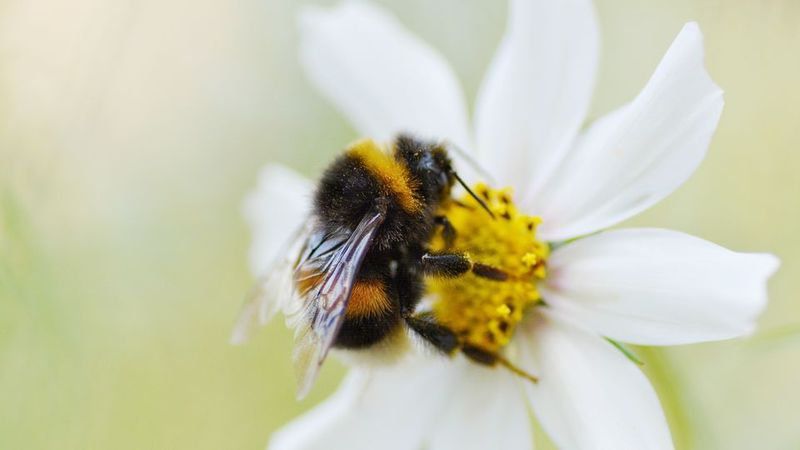
Around 250 bumblebee species buzz worldwide, each with unique patterns and preferences! The buff-tailed bumblebee sports a brownish-yellow band and white tail, while the garden bumblebee flaunts three yellow stripes.
Rarer varieties include the shaggy-haired mountain bumblebee that thrives in alpine meadows. Some species have incredibly long tongues specialized for deep trumpet-shaped flowers.
5. How Bumblebees Boost Crop Production
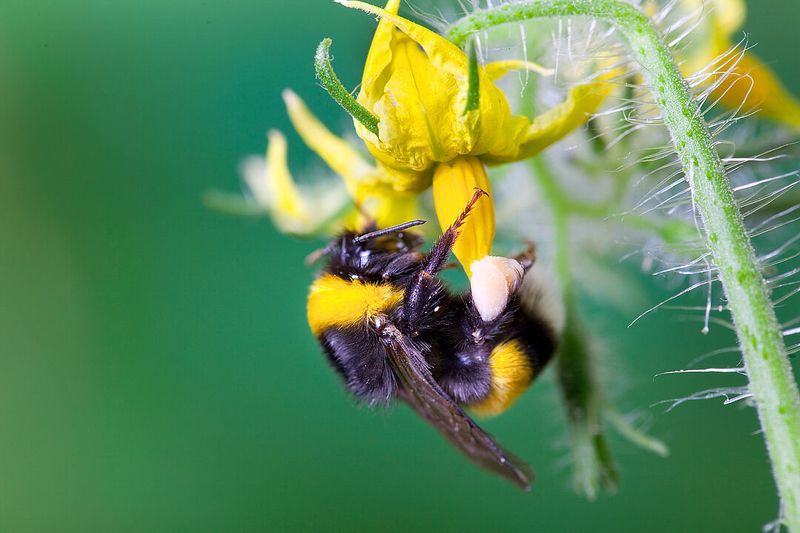
Farmers actually rent bumblebee colonies for their greenhouses! Commercial tomato growers rely on these fuzzy field workers because they outperform human labor and mechanical alternatives.
A single bumblebee visits about 450 flowers per hour, transferring pollen with remarkable precision. Their buzz pollination increases tomato yields by up to 50%, making them agricultural VIPs (Very Important Pollinators).
6. Nectar Collection: How Bumblebees Feed Plants
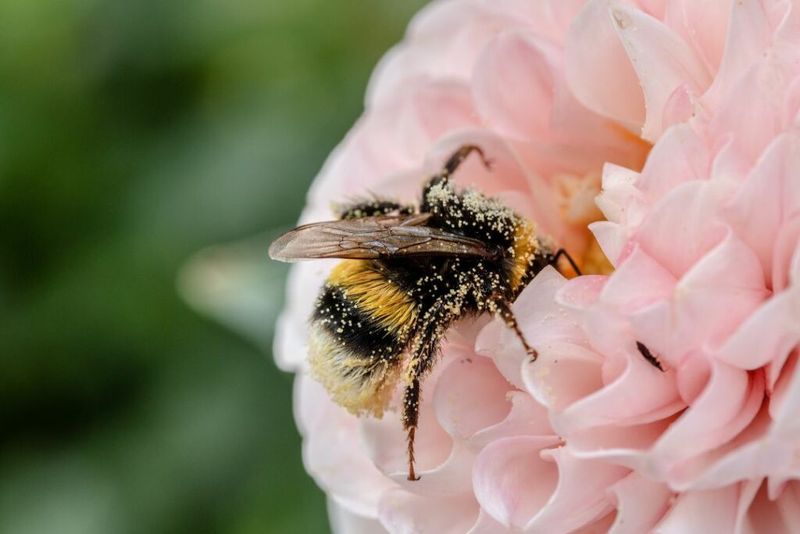
Talk about efficient eating! A bumblebee’s tongue (proboscis) unfurls like a tiny straw to sip nectar from flowers. This specialized feeding tool can be different lengths depending on the species.
While slurping sweet nectar, pollen sticks to their fuzzy bodies. They transfer this pollen between flowers, helping plants reproduce. Their hairy bodies can carry up to half their weight in golden pollen dust!
7. Why Bumblebees Thrive In Wildflower Meadows
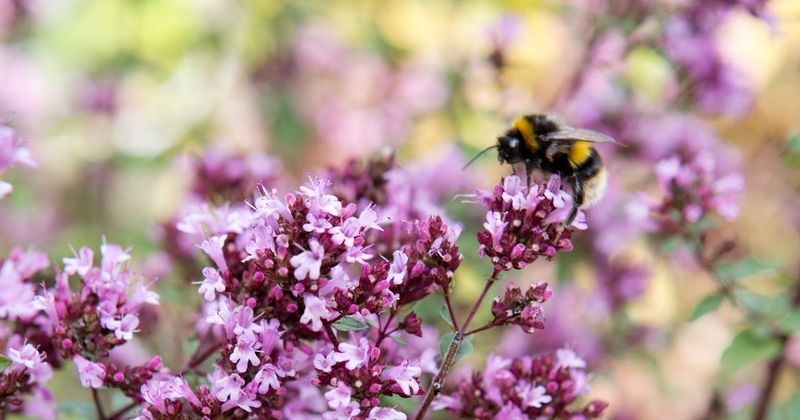
Colorful meadows serve as five-star restaurants for hungry bumblebees! Different wildflower species bloom throughout the season, creating a continuous buffet from spring through fall.
Various flower shapes accommodate different bee tongue lengths. Purple clovers attract long-tongued species, while open-faced daisies welcome shorter-tongued varieties. This diversity helps support multiple bumblebee species in one habitat.
8. The Unique Way Bumblebees Pollinate Flowers
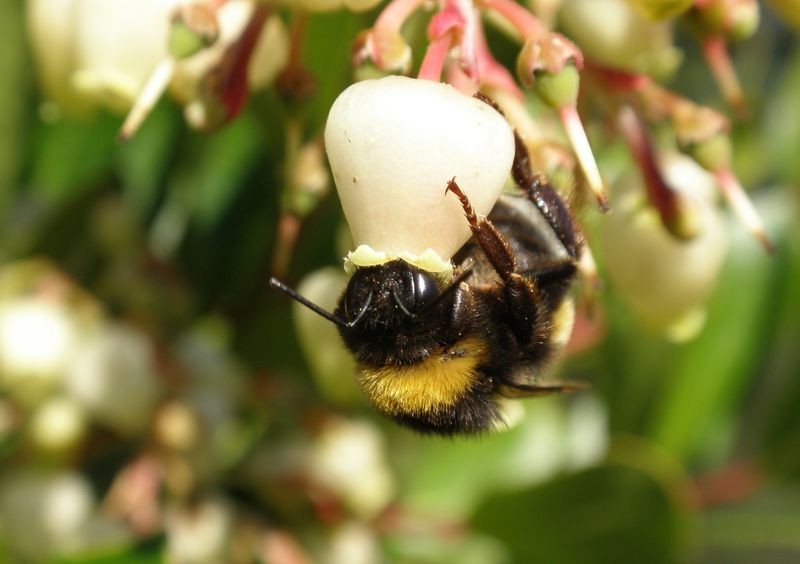
Sonic superstars of the insect world! Bumblebees perform “buzz pollination” by grabbing onto certain flowers and vibrating their flight muscles at specific frequencies without moving their wings.
This creates a musical C note that shakes loose pollen grains trapped inside flowers like tomatoes and blueberries. This specialized technique makes them irreplaceable pollinators for over 70 crop types humans depend on.
9. Bumblebee Queens: Leaders Of The Hive
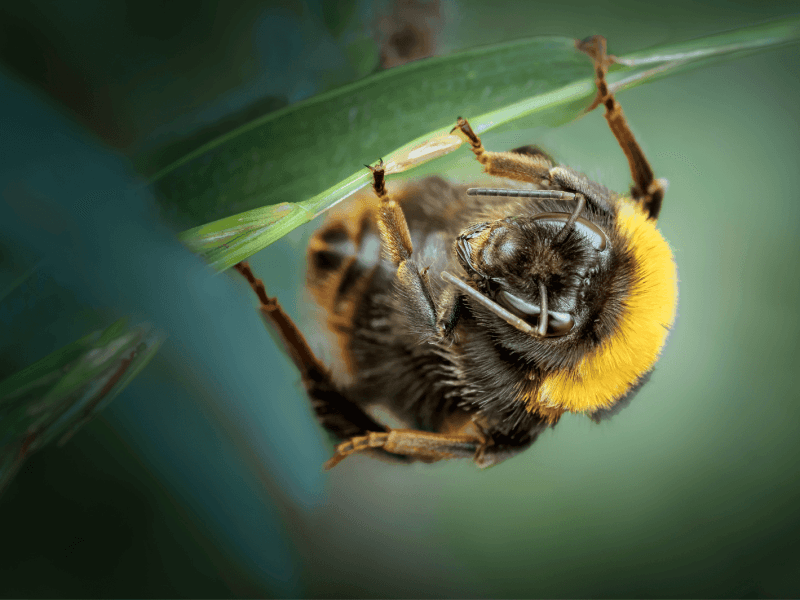
Royal resilience at its finest! The queen bumblebee single-handedly establishes a new colony each spring after surviving winter alone in hibernation.
Twice the size of workers, these matriarchs lay all the eggs and initially gather all food themselves. They even incubate their first batch of eggs like birds, shivering their flight muscles to generate heat while forming a protective cocoon.
10. How Climate Change Impacts Bumblebee Populations
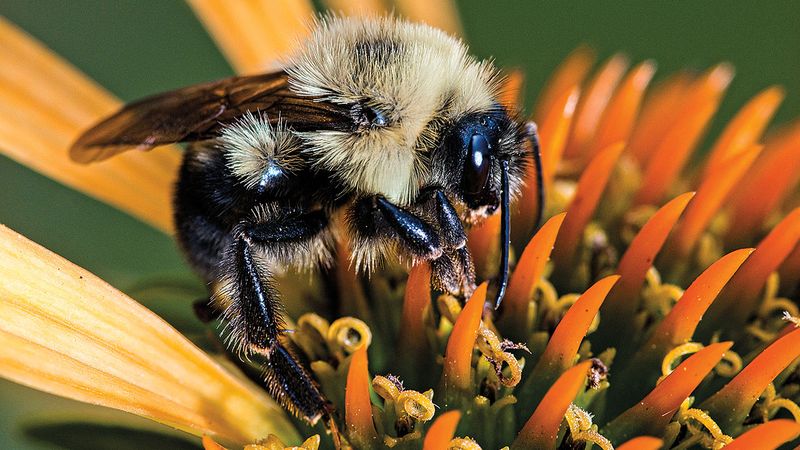
Heat waves spell trouble for these fuzzy fliers! Bumblebees evolved in cooler climates and their thick fuzzy coats make them particularly vulnerable to overheating.
Rising temperatures disrupt the timing between flowering plants and bee emergence from hibernation. This mismatch means queens may wake to find no food available. Many species are retreating northward or to higher elevations seeking cooler conditions.
11. The Role Of Bumblebees In Garden Ecosystems
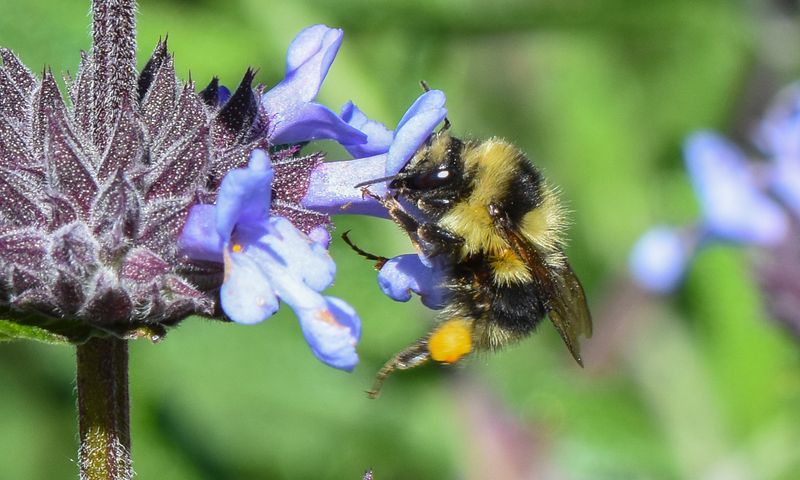
Garden guardians with attitude! Bumblebees pollinate flowers that produce seeds and fruits eaten by birds and small mammals, creating a cascade of food web connections.
Unlike honeybees, bumblebees work in cool, cloudy weather and even light rain. They’re earlier risers too, starting at dawn when morning glories and other early bloomers need pollination services most.
12. Why Bumblebees Are Declining Worldwide
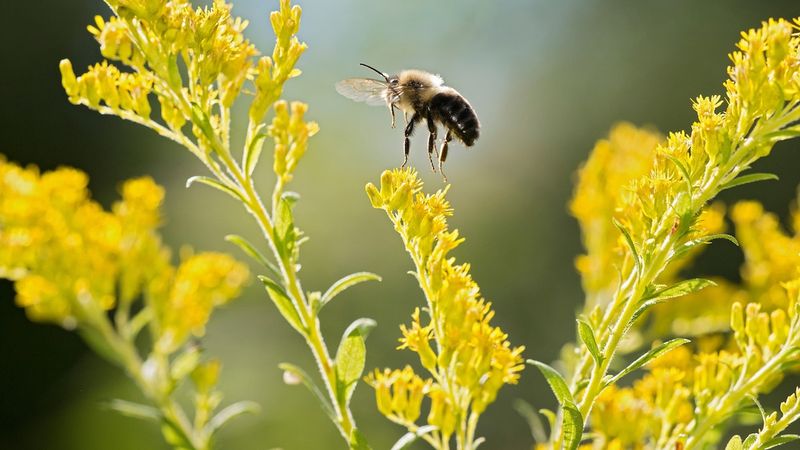
Silent crisis in our backyards! Nearly 1 in 4 bumblebee species faces extinction due to habitat loss, pesticide exposure, and disease spread from commercial bees.
Modern agriculture has replaced wildflower meadows with single-crop fields, creating food deserts for bees. Neonicotinoid pesticides damage their navigation abilities, preventing them from finding their way home after foraging trips.
13. How To Create A Bumblebee-Friendly Garden
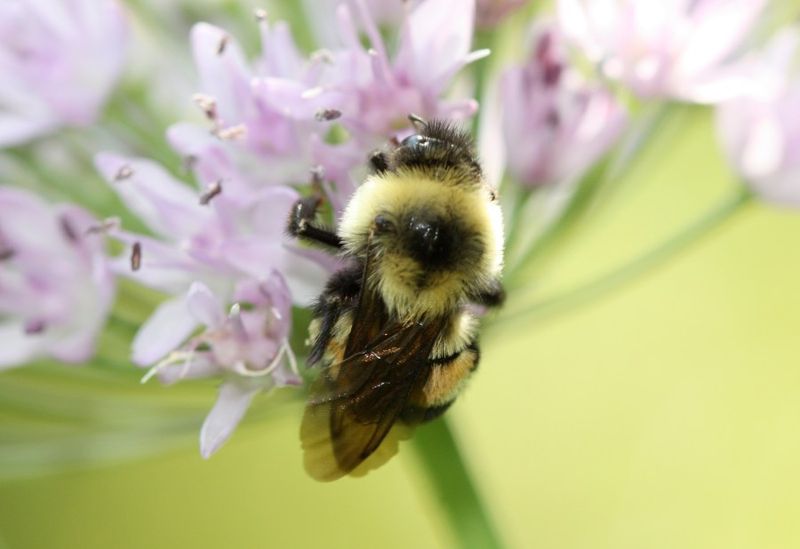
Roll out the welcome mat with tubular flowers like foxgloves and salvias that match bumblebees’ long tongues! Plant in clumps rather than single flowers to create visible “landing pads” that attract bees from a distance.
Skip the chemicals and leave some bare ground or an upturned flowerpot for nesting sites. Adding shallow water dishes with pebbles creates perfect drinking spots for thirsty pollinators.
14. Amazing Facts About Bumblebee Flight
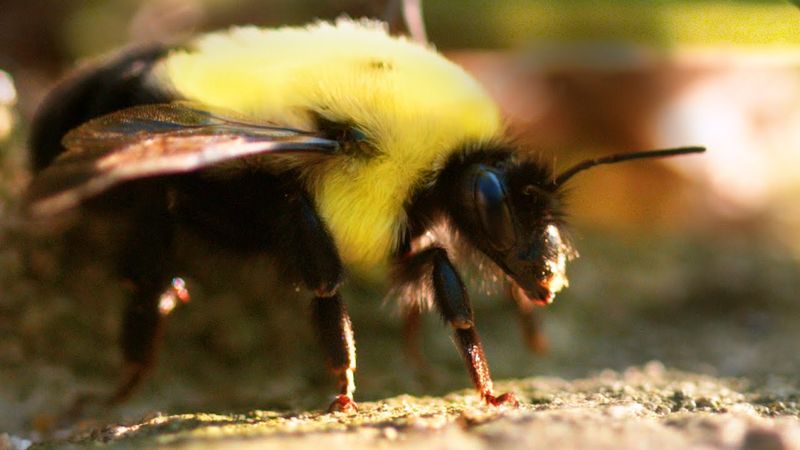
Defying physics with every wingbeat! Bumblebees technically shouldn’t be able to fly according to conventional aerodynamic principles—their bodies seem too heavy for their wings.
The secret? They don’t flap up and down but in rapid figure-eight patterns, creating tiny hurricanes that generate lift. Their wings beat 200 times per second, producing their signature buzz that’s actually the sound of flight muscles working.
15. How Bumblebees Communicate Using Buzzes
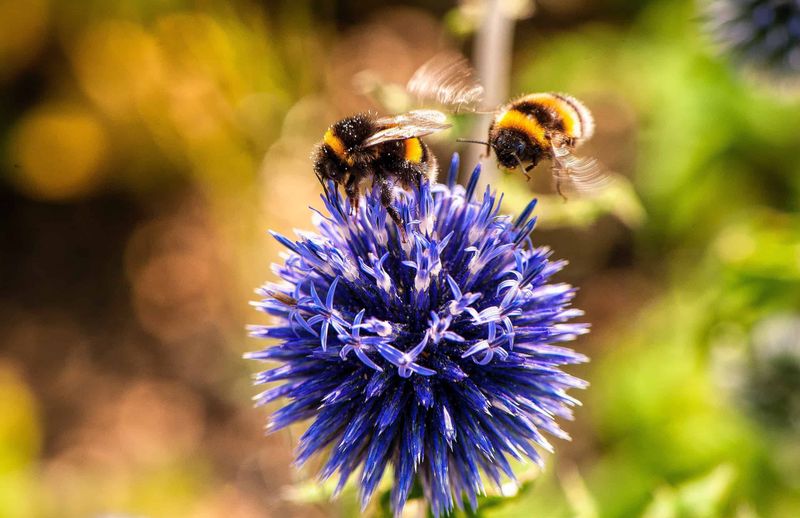
Bumblebees communicate with a secret vibration language, performing excited runs through the nest after discovering abundant food sources. As they dash around, they bump into nestmates, spreading the good news through subtle vibrations.
High-quality flowers don’t go unnoticed, as they leave scent markers using footprint pheromones. Such clever strategies ensure the entire colony benefits from the best foraging spots.


